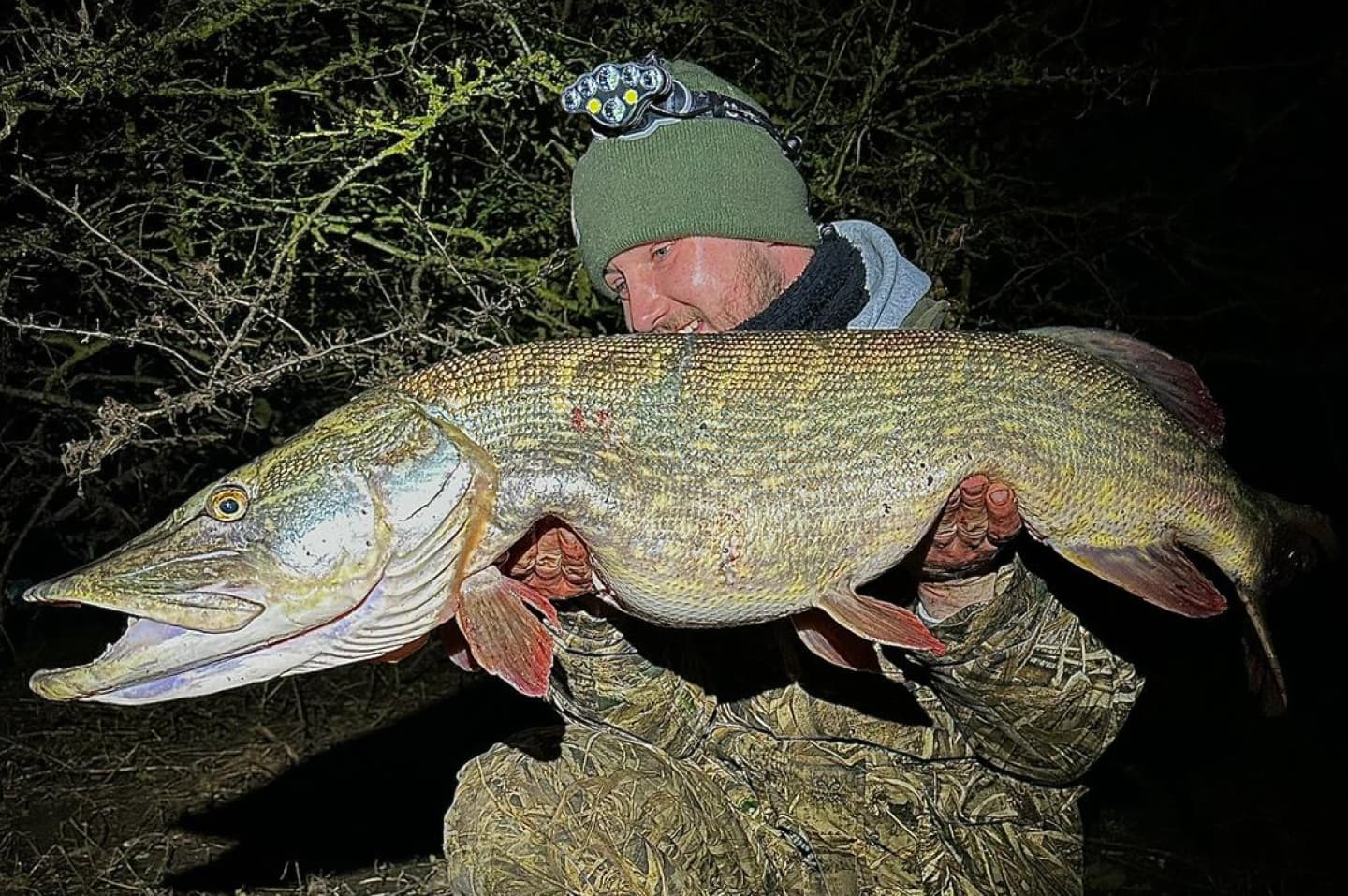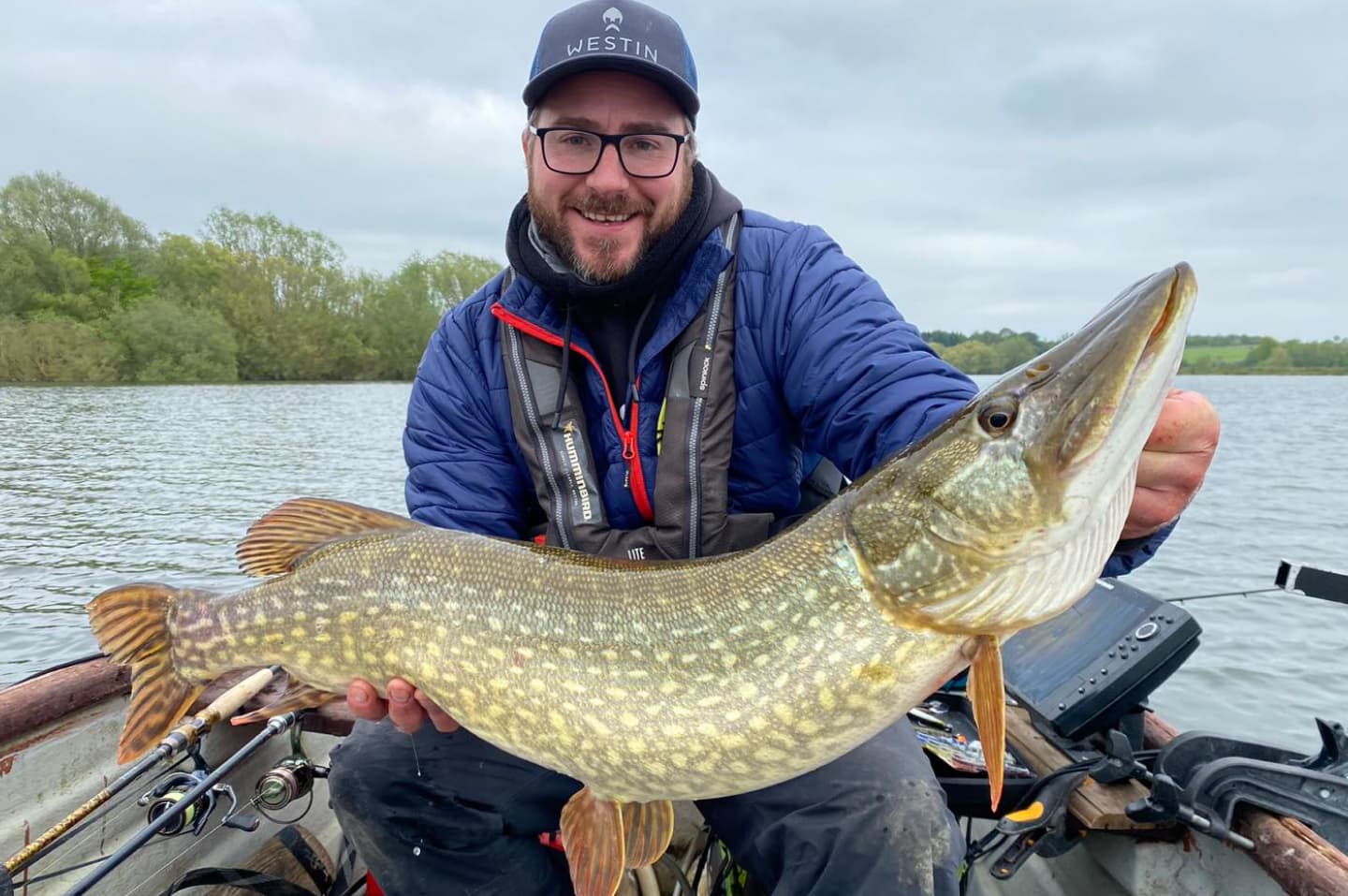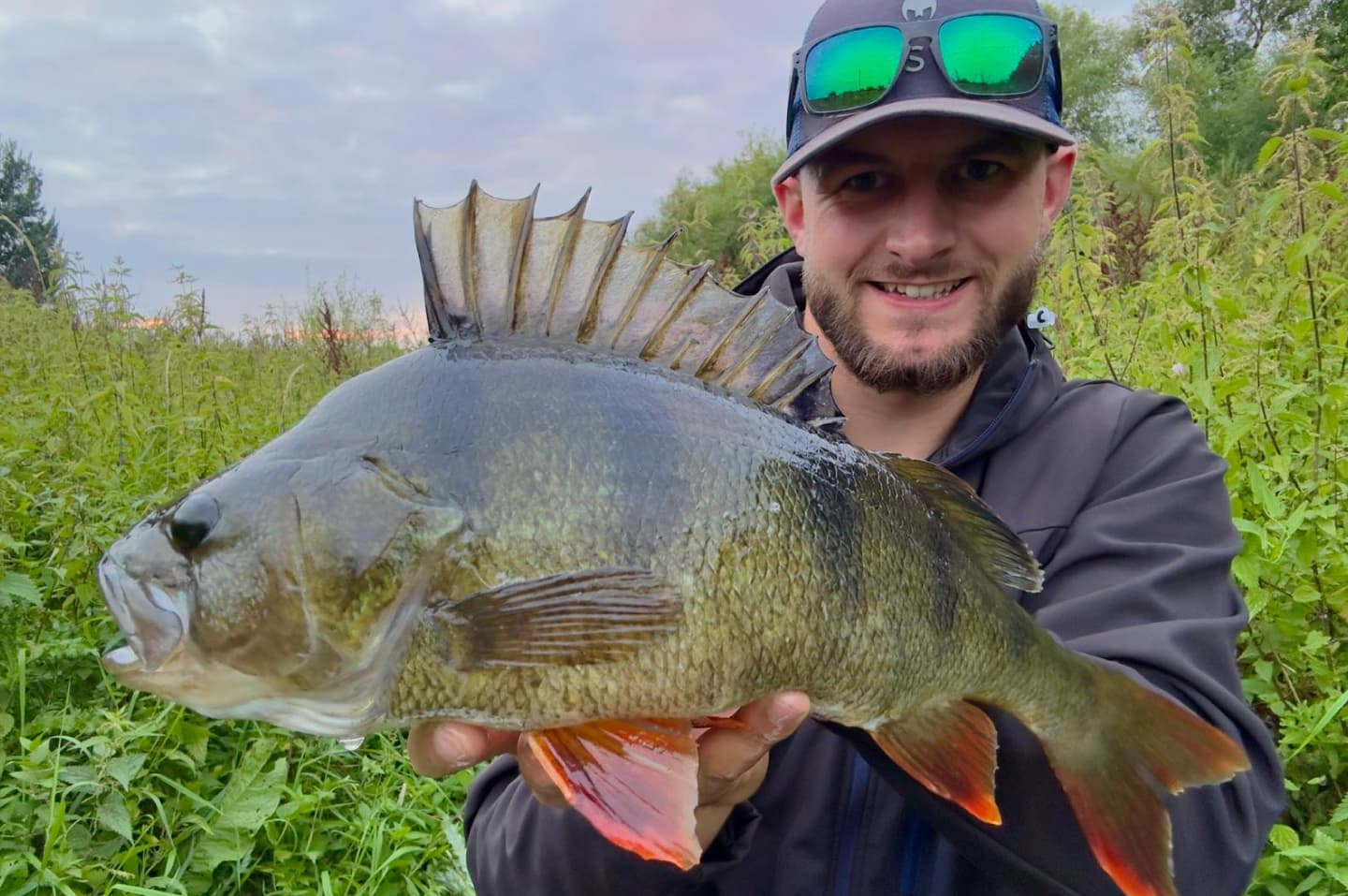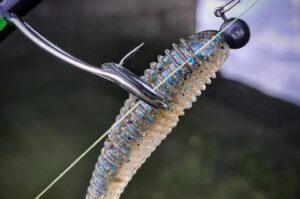- Stay in Touch - Join us on Instagram -
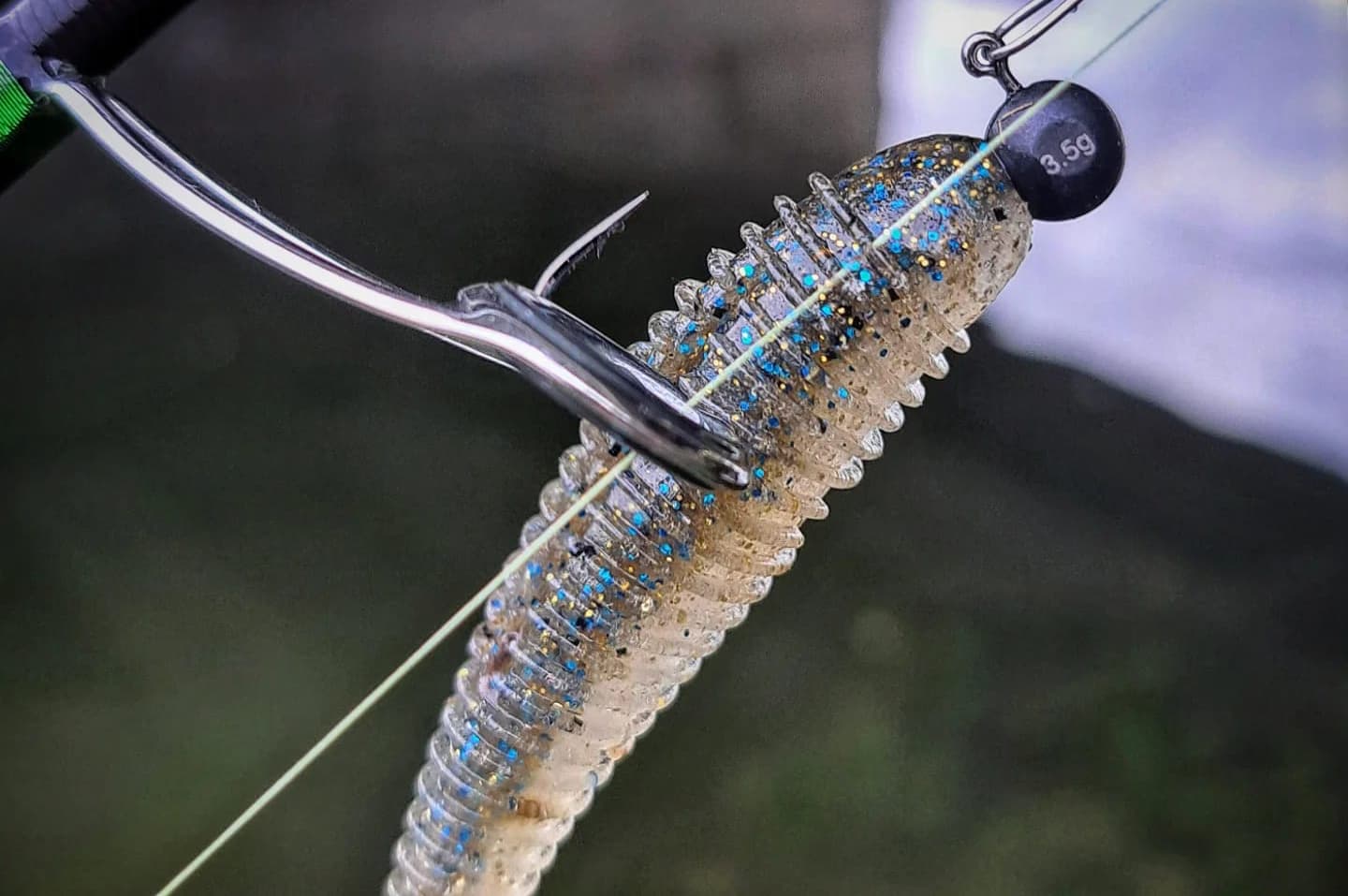
Tungsten Weights: The Ultimate Guide for UK Lure Anglers
For lure anglers keen on sensitivity, compact profiles and improved presentations, using tungsten weights is one of the best upgrades you can make. It can literally transform your lure fishing overnight and is one of the most significant changes you can make.
In this guide, I’ll walk you through why tungsten is worth using, then break down each common weight type—jig heads, Ned heads, weedless Ned heads, Cheb heads, and more. Whether you’re new to lure fishing or a seasoned angler looking to refine your setup, you’ll find useful advice here.
Why Choose Tungsten Over Lead?
Switching your jig heads, ned heads, chebs or dropshot weights to tungsten makes a noticeable difference in both feel and performance. Because tungsten is significantly denser than lead, you get the same weight in a much smaller, sleeker profile, which helps your lure move more naturally and reduces drag in the water.
The added hardness and density give you far better bottom contact and sensitivity, allowing you to feel rocks, gravel, silt and subtle changes in substrate with far more clarity. Tungsten also offers environmental advantages as it is non-toxic which might not be a big deal for you but is a change you can feel good about.
While tungsten is more expensive and you do pay a premium for it, most lure anglers find that the increased sensitivity and improved presentation easily justify the cost. If you fish seriously in UK waters, especially when targeting finicky predators like perch and zander, the upgrade genuinely pays dividends.
Types of Tungsten Weights for Lure Fishing
Tungsten weights come in many forms to suit a variety of lure fishing methods. Below I’ll break down the major types of tungsten weights you’ll encounter, how they differ and when to use them.
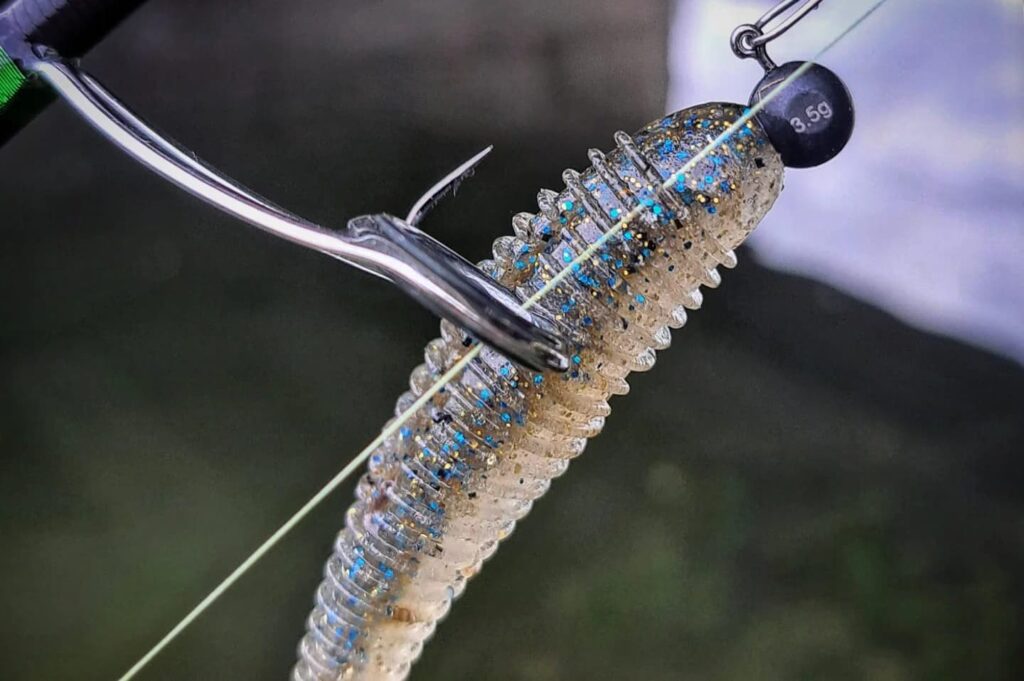
Tungsten Jig Heads
Tungsten jig heads are one of the most effective and versatile tools in any lure angler’s tackle box. They can be fished fast or slow, on a straight retrieve, bounced across the bottom or worked vertically, making them ideal for almost any situation. The real advantage of tungsten jig heads comes from their increased density and sensitivity. Because tungsten is smaller and harder than lead, you get far clearer feedback through the rod, allowing you to read the bottom effortlessly, feel every change in depth and instantly recognise the difference between a knock, a tap or a proper bite. Whether you’re targeting perch, zander or pike, tungsten jig heads give you a sharper connection to what’s happening beneath the surface, helping you fish more confidently and more effectively.

When to use a Tungsten Jig Head
Tungsten jig heads are a genuine powerhouse in lure fishing, and truthfully you could rely on them for the vast majority of situations you’ll face. Aside from thick weed, where a weedless setup is the smarter option, a tungsten jig head will comfortably handle almost anything else and still put fish on the bank.

Tungsten Ned Heads
If you’re fishing a Ned rig, you really should be using a tungsten Ned head. The design of a Ned head is what sets it apart from a standard jig head; instead of the usual round or streamlined shapes, a Ned head is typically mushroom-shaped or flat on one side, allowing a buoyant soft plastic to stand upright and waft naturally in the flow (if any). This presentation is deadly in colder months when perch and zander slow down and respond best to a lure that stays in the strike zone for longer. While you can fish a lead version, the difference in feel is massive. Lead simply doesn’t transmit the tiny knocks, plucks or changes in bottom contour the way tungsten does. A tungsten Ned head gives you far better sensitivity, letting you read exactly what’s happening at the other end of the line—an advantage that often translates directly into more bites and more fish landed.
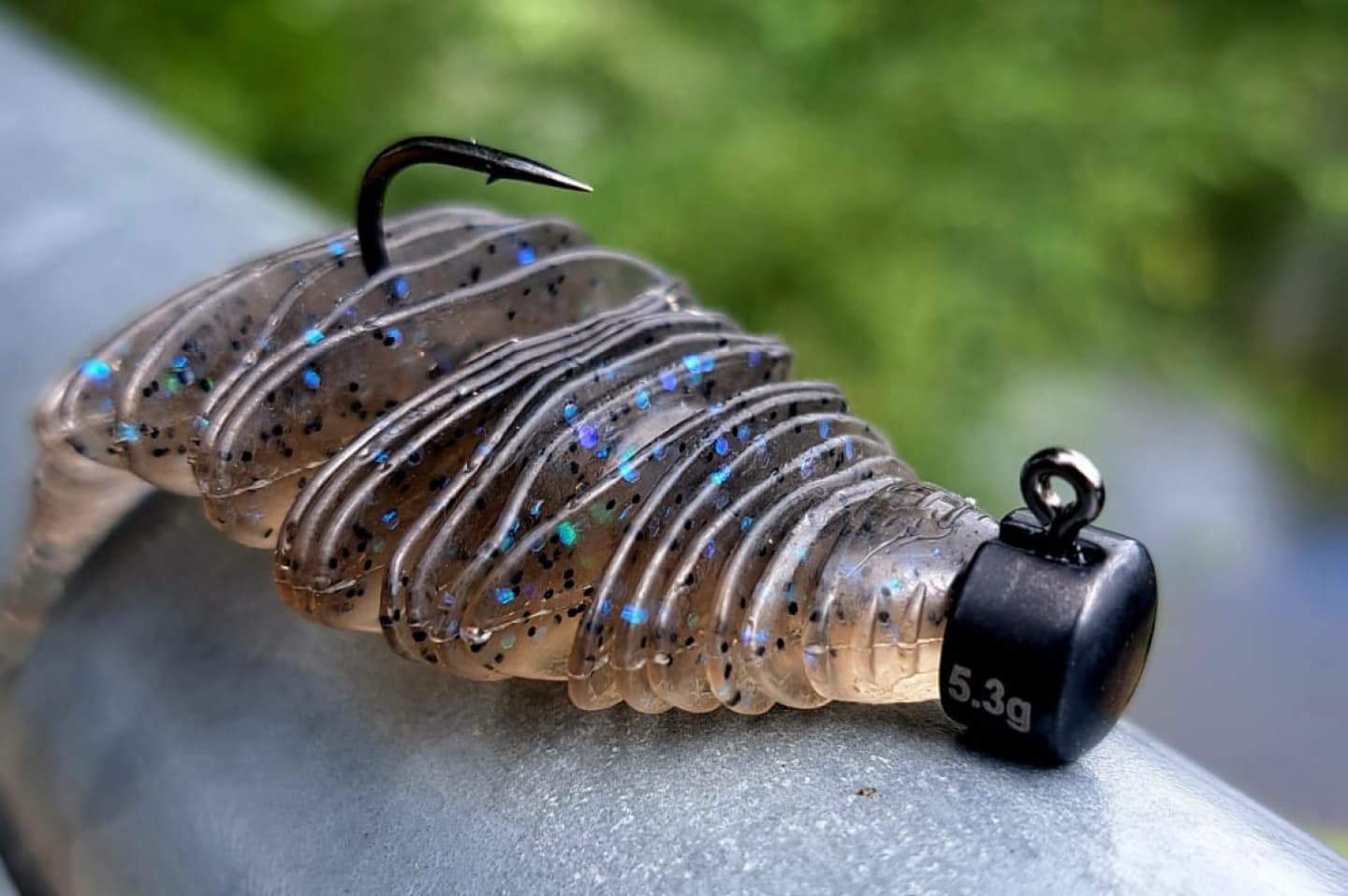
When to use a Tungsten Ned Head
A tungsten Ned head comes into its own when fish are feeding cautiously or holding tight to the bottom, making it a perfect choice for cold-water sessions, pressured venues or days when perch and zander are reluctant to chase. Its compact tungsten body keeps the presentation subtle while giving you the sensitivity needed to feel tiny taps and changes in substrate.
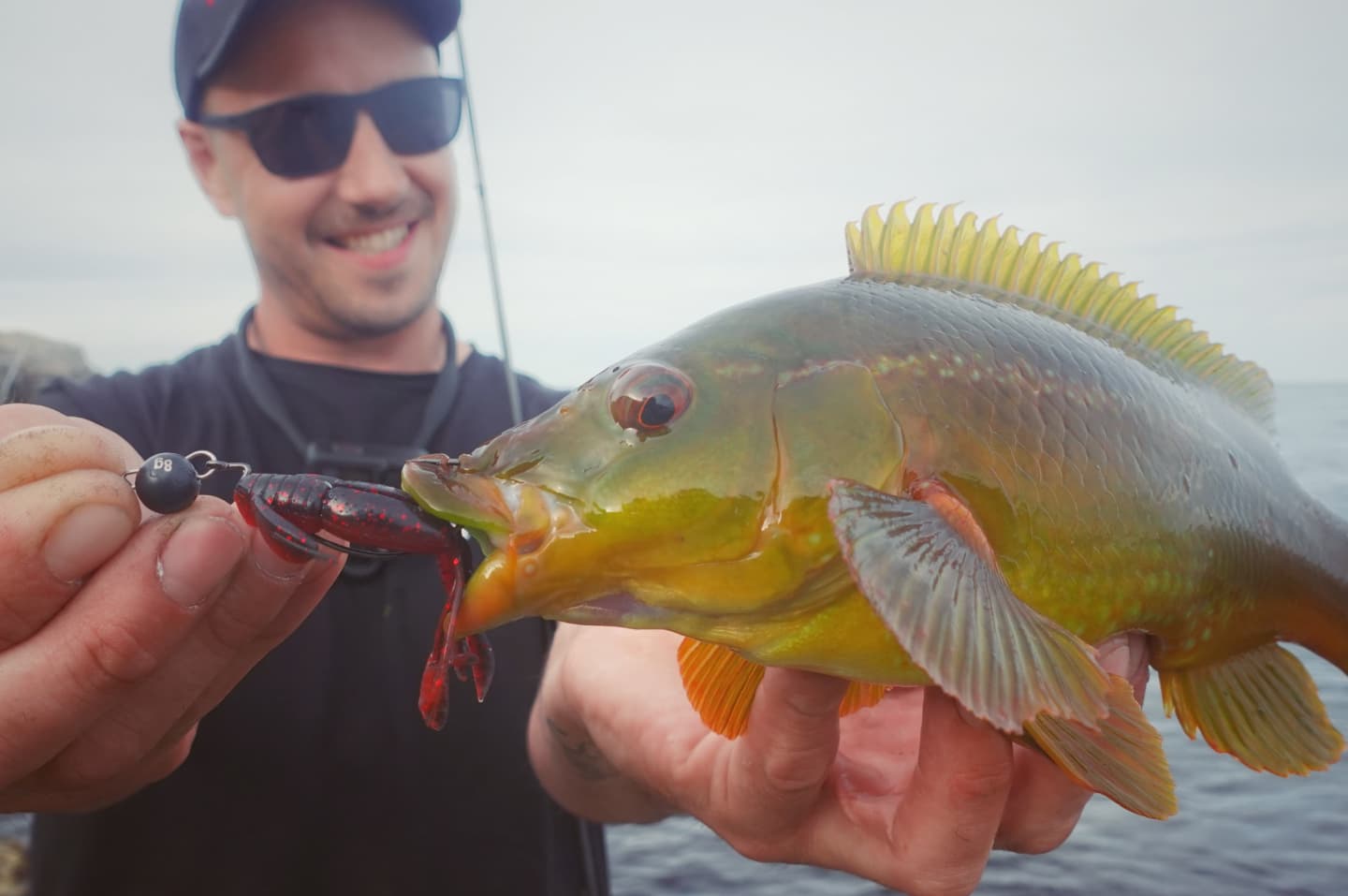
Tungsten Cheb Heads
A tungsten cheb head, also known as a Cheburashka weight, gives lure anglers a unique and highly adaptable presentation. The design uses a compact tungsten weight with a removable wire clip, allowing you to change hooks, soft plastics and weights in seconds without ever retying your line. This makes the cheb system perfect for anglers who like to experiment and adjust quickly on the bank. The way the hook attaches to the clip creates a natural hinge, giving your lure far more freedom of movement than a fixed jig head. Floating or buoyant plastics waft beautifully in any flow, and during the retrieve that extra flex between the weight and the lure produces a subtle, lifelike action that finicky perch or zander often can’t ignore. A tungsten cheb head keeps the profile small, the feedback crisp and the presentation naturally enticing.

When to use a Tungsten Cheb Head
The tungsten cheb head setup offers outstanding flexibility and is most commonly paired with a weedless hook, making it ideal for fishing through light cover, reeds or snaggy ground. Its versatile design means you can use it confidently in almost any situation, from canals and rivers to deeper venues. This setup truly shines in ultra-finesse scenarios, where the subtle, natural waft of the lure hinging freely from the weight can be enough to convince a cautious perch or zander to commit.
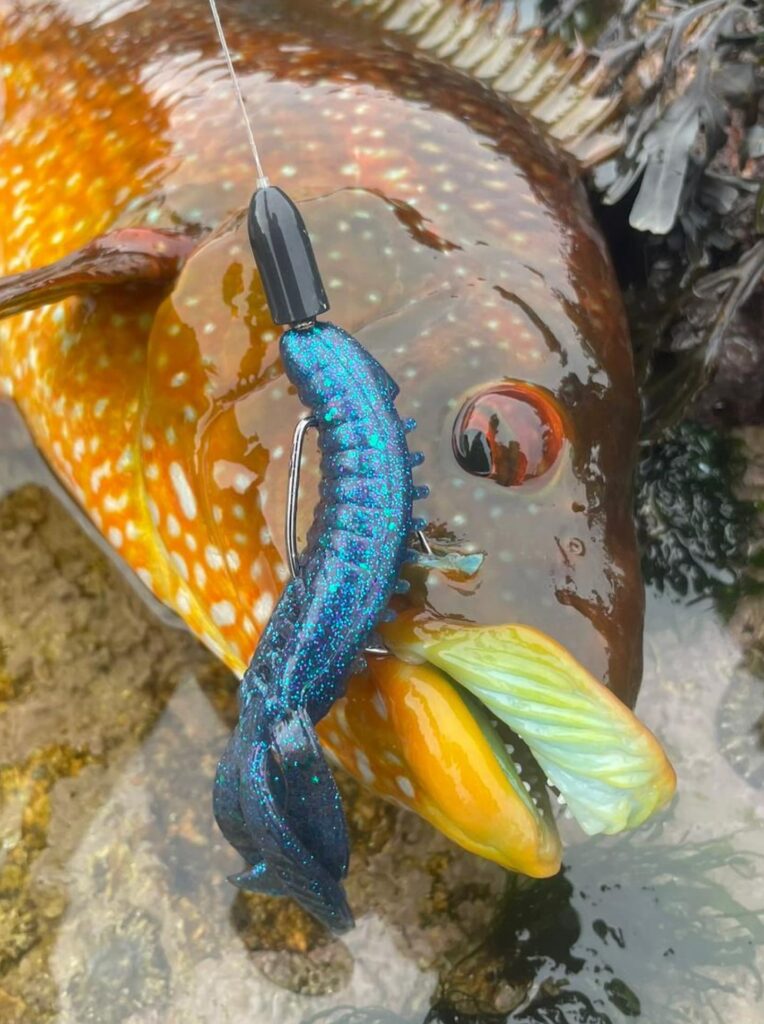
Tungsten Bullet Weights for Texas or Carolina Rigs
Tungsten weights for Texas and Carolina rigs are one of the most effective ways to present soft plastics when you need sensitivity, weedless performance and a compact profile. That compact shape helps your bait slip cleanly through rocks, reeds and vegetation while keeping the presentation natural and unobtrusive. On a Texas rig, the tungsten weight slides directly onto the line and is often pegged to sit tight against the hook, creating a streamlined, fully weedless setup ideal for fishing around grass, timber and heavy cover. For a Carolina rig, the weight sits above a swivel so it can slide freely, allowing your soft plastic to swim naturally behind the leader while you maintain direct feedback from the bottom. Whether you’re probing structure for perch or working open water for zander, tungsten bullet weights bring added feel, control and finesse to both Texas and Carolina presentations.

When to use a Tungsten Bullet Weight
Texas rigs shine when you’re fishing snaggy ground or tight structure and need to get your lure in and out of cover without constantly hanging up. The weedless presentation makes that possible, and when you pair it with a tungsten bullet weight you gain far better feedback on what type of cover or snag you’re actually hitting. That extra sensitivity helps you distinguish between weed, wood and rock so you can adjust your retrieve and hookset timing with confidence.
The Carolina rig, on the other hand, is built for covering open water at a steady, horizontal pace. You’re dragging the weight along the bottom while the lure tracks naturally behind it, and this is where tungsten really earns its place. A tungsten bullet weight on a Carolina rig gives you a detailed read of changing substrate, sand, gravel, mud or harder patches so you can stay in the most productive zone for perch, zander or pike.
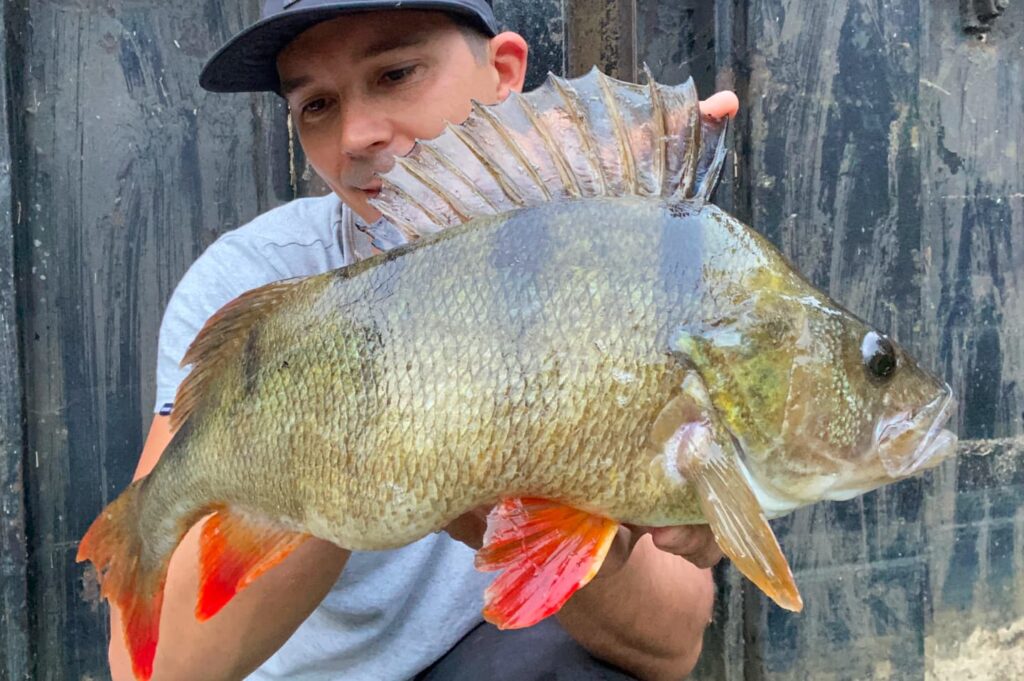
Tungsten Dropshot Weights
I’ve spent years dropshot fishing, and for a long time I relied on cheap lead weights – until I switched to tungsten dropshot weights and I’ve never looked back. The difference in sensitivity is huge – every tap, pluck, subtle bite and change in bottom composition is transmitted straight up the line, almost like holding a sonar device in your hand. Lead, by comparison, feels dull and muted almost as if you’re fishing with thick gloves on. Because tungsten is so much denser, you get a far smaller, sleeker pencil-style profile that cuts through the water cleanly and is perfect for finesse work. When accuracy, sensitivity and bite detection matter, tungsten dropshot weights make a genuine, game-changing improvement.
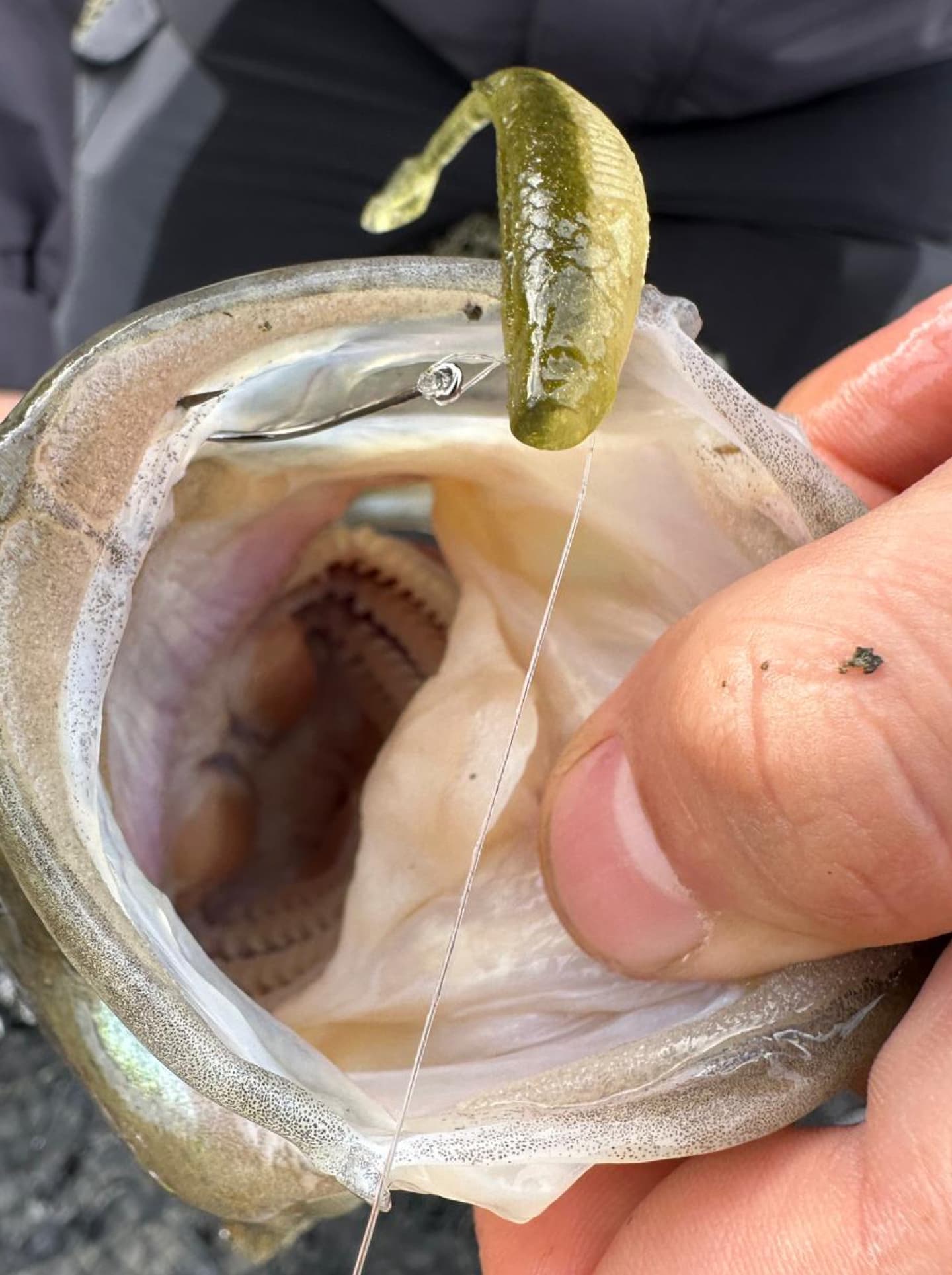
When to use a Tungsten Dropshot Weight
I love targeting perch with the dropshot when I know exactly where they’re holding. Once they’re located, I’ll work the dropshot tight to structure and rely on the tungsten dropshot weight to tell me everything that’s happening beneath the surface, especially when visibility is poor. The more time you spend fishing tungsten, the faster you’ll learn to read those tiny signals that lead simply can’t transmit. You’ll quickly start recognising the difference between a subtle pluck that could be a big three-pound perch and the feeling of dragging over a snag. With tungsten, those details become obvious and that’s what makes it such a powerful tool for perch anglers.
Where to Get Tungsten Weights for Lure Fishing?
There’s many places online you can purchase tungsten weights for your own lure fishing.
www.fishingtungsten.com
www.lureset.com
www.nineseventungsten.co.uk
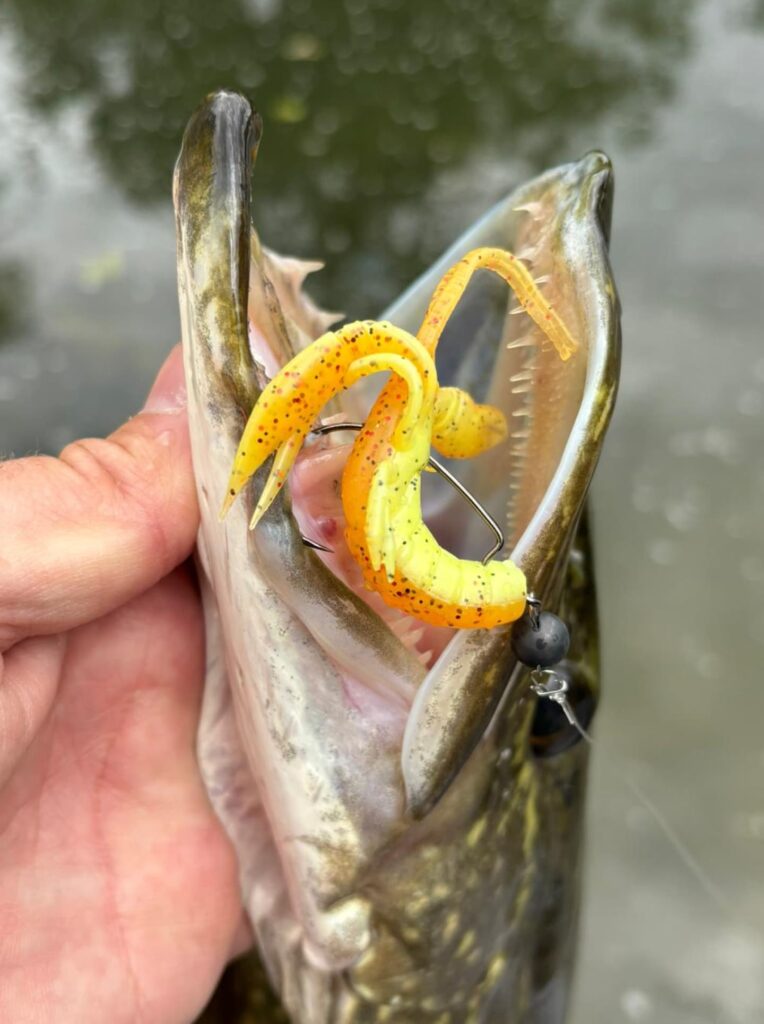
FAQ – Common Questions About Tungsten Weights
Q: What exactly are tungsten fishing weights made of?
A: They are typically made of very high-purity tungsten (often around 97%). The high density is what gives the performance boost over other metals like lead.
Q: Are tungsten weights better than lead?
A: In many lure-fishing situations yes. You get a smaller profile, faster sink rate, better bottom feel and superior sensitivity. That said, lead still has its place if cost is critical or in certain deep-water/cheap-rig scenarios.
Q: Is tungsten safe for the environment?
A: Yes – tungsten is non-toxic compared with lead.
Q: Does using tungsten make a big difference I’ll actually feel?
A: Many consistent lure anglers say yes, especially when paired with braided line or sensitive rods.
Q: Can I use tungsten weights for all rigs?
A: Yes, in principle. From jig heads, cheb rigs, ned rigs, dropshots, bullet weights for texas/carolina, you’ll find tungsten versions.

Final Thoughts on Tungsten Weights for Lure Fishing
Switching to tungsten weights for lure fishing really can transform your hook up ratio, the finesse of your presentation and the connection to what’s going on beneath the surface. Especially in UK predator fishing for perch, zander and pike where presentation and sensitivity matter, tungsten is more than just a luxury – it’s a smart move.
Whether you’re rigging soft plastics on a jig head, floating them on a Ned, or bouncing a Cheb or Dropshot, consider stepping up to tungsten. Your tackle box and more importantly your fish‐count may thank you.

